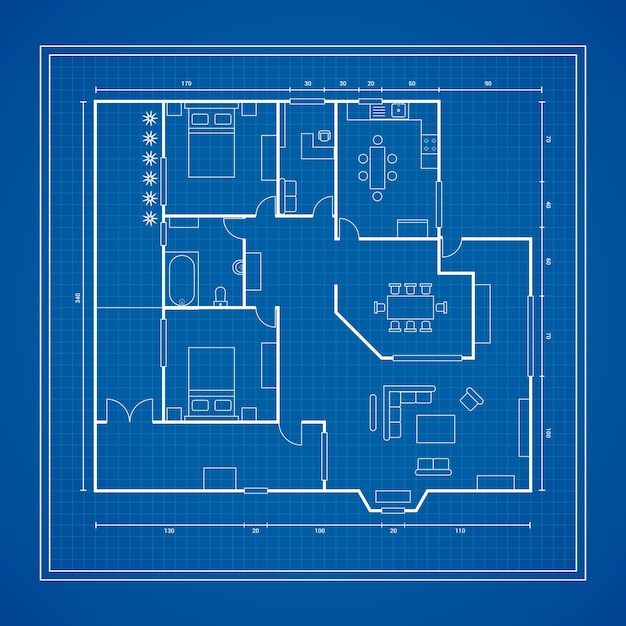


This view shows all walls, room sizes, appliances, plumbing fixtures (sinks, toilets) and sometimes furniture.įloor plans also usually indicate finishing information such as flooring types, location of electrical switches, plugs and lights as well as built in fixtures such as cabinetry, sinks, toilets and kitchen appliances. This drawing shows the house from what is called "plan" view - looking at the house from above as though the viewer was in the sky looking directly down on the house with the roof removed. The next blueprint view to understand is the floor plan. The elevation drawings are also used by the building trades when finishing the house exterior. They help give the prospective owner an idea of what the home will look like but are also used by the municipal planning office before issuing a building permit to ensure that the building meets the local zoning regulations. The elevations detail the building height, the exterior materials used, including siding and roofing.

The elevation view is a completely flat view, in other words, with no artistic perspective.

Typically a set of house plans will include four elevation drawings, one for each of the front, rear and two sides of the house. When deciphering a set of house blueprints, you should look first at the elevation views.These views will give you an overall idea of what the exterior of the finished house will look like. There are three basic house construction plan views:
#House blueprint how to
Read SmartDraw's comprehensive guide to drawing floor plans.This tutorial will show you how to read blueprints for all the common house plan views.Īlso see our Make Your Own Blueprint tutorial for those wanting to do their own house plan drafting. Add furniture if the floor plan calls for it. Begin adding features to the space by including the unchangeable things, like the doors and windows, as well as the refrigerator, dishwasher, dryer, and other important appliances that must be placed in a specific location. Add walls for each room of the building, taking care to draw them to scale. Learn more about how to measure and draw your floor plan to scale. It is advisable to examine buildings built in similar areas to use as an estimate for this floor plan. If the layout is being created for an entirely new area, be sure that the total area will fit where it is to be built. If the building exists, measure the walls, doors, and pertinent furniture so that the floor plan will be accurate. If the building does not yet exist, brainstorm designs based on the size and shape of the location on which to build. If the building already exists, decide how much (a room, a floor, or the entire building) of it to draw. There are a few basic steps to creating a floor plan: Read some tips for creating perfect floor plans. Think about the safety of kids, cleaning, heating and cooling bill before falling in love with some majestic staircase or floor to ceiling windows.


 0 kommentar(er)
0 kommentar(er)
